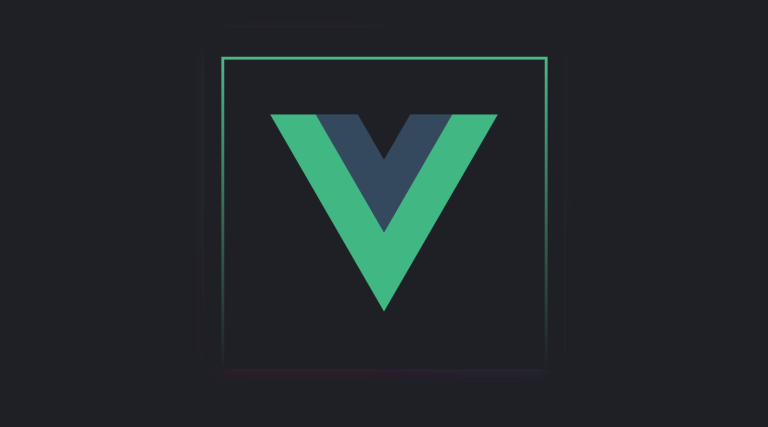As developers, we’re constantly evaluating new languages and frameworks. With AI assistants handling much of our syntax heavy-lifting, the question isn’t “how hard is it to learn?” but rather “what problems does this solve that my current stack doesn’t?”
After diving into Gleam over the past few months, I’ve discovered it’s not just another functional language—it’s a strategic choice for specific architectural challenges that are becoming increasingly common in modern development.
The Real Value Proposition
Gleam sits at an interesting intersection: it compiles to both Erlang bytecode and JavaScript, giving you access to the battle-tested OTP (Open Telecom Platform) ecosystem while maintaining the ability to share code across your entire stack. But the real magic isn’t in the compilation targets—it’s in how Gleam’s design philosophy addresses three critical pain points in today’s development landscape.
1. Fearless Concurrency Without the Complexity
The Actor model isn’t new, but Gleam makes it accessible. While other languages bolt on concurrency features, Gleam inherits Erlang’s “let it crash” philosophy where individual processes failing doesn’t bring down your entire system. This isn’t just theoretical—it’s the foundation that keeps WhatsApp running with billions of users on relatively modest hardware.
In practice, this means you can write highly concurrent applications without the typical headaches of shared state, deadlocks, or complex synchronization primitives. Each process is isolated, communicating only through message passing.
2. Type Safety That Actually Helps
Gleam’s type system isn’t just about preventing runtime errors—it’s designed to make invalid states unrepresentable. The Result type, for instance, forces you to handle error cases explicitly, but in a way that feels natural rather than burdensome.
This becomes invaluable when building systems where reliability matters. Unlike languages where you might forget to handle an edge case, Gleam’s compiler ensures you’ve thought through all possible states your program can be in.
3. Full-Stack Code Sharing with Confidence
The ability to compile to both Erlang and JavaScript means you can share validation logic, data transformations, and business rules across your backend and frontend. But unlike other “universal” languages, Gleam’s type system ensures that code that compiles will behave consistently across targets.
Strategic Use Cases Where Gleam Shines
Based on my experience, here are the scenarios where Gleam provides genuine competitive advantages:
Real-time Systems: Chat applications, live dashboards, gaming backends, or any system requiring low-latency updates to many concurrent users.
Data Processing Pipelines: ETL processes, stream processing, or any scenario where you need to reliably handle high throughput with fault tolerance.
API Gateways and Microservices: Services that need to handle many concurrent requests while maintaining strict error boundaries.
IoT and Edge Computing: Systems requiring lightweight, fault-tolerant processes that can run on resource-constrained hardware.
Getting Started: Project Ideas That Demonstrate Value
Instead of the typical “hello world” progression, here are projects that showcase Gleam’s strengths while being genuinely useful:
1. Real-time Log Aggregator
Build a service that collects logs from multiple sources and streams them to a dashboard. This showcases:
- Concurrent log processing from multiple inputs
- Fault tolerance (individual log sources can fail without affecting others)
- Real-time streaming to a web interface
- Pattern matching for log parsing and filtering
2. Distributed Task Queue
Create a job processing system where tasks can be distributed across multiple workers:
- Demonstrates OTP supervisor trees for reliability
- Shows how to handle worker failures gracefully
- Illustrates inter-process communication patterns
- Provides insight into Gleam’s approach to distributed systems
3. API Rate Limiter with Circuit Breaker
Build a service that sits in front of APIs to provide rate limiting and circuit breaking:
- Process-per-client isolation
- Stateful rate limiting without shared mutable state
- Automatic recovery from downstream failures
- Metrics collection and health monitoring
4. Real-time Data Transformation Service
Create a service that transforms data streams in real-time (JSON to different formats, data validation, enrichment):
- Concurrent stream processing
- Shared validation logic compiled to both targets
- Type-safe data transformations
- Error handling and retry logic
The Learning Path That Actually Matters
Given that Copilot can help with syntax, focus your learning on these concepts:
- The Actor Model: Understand how processes communicate and why isolation matters
- OTP Design Patterns: Learn GenServer, Supervisor, and Application behaviors
- Error Handling Philosophy: Embrace “let it crash” and explicit error types
- Concurrent Data Structures: How to build systems without shared mutable state
When NOT to Choose Gleam
Gleam isn’t always the right choice. Skip it for:
- Simple CRUD applications where reliability isn’t critical
- Projects with tight deadlines where team unfamiliarity would slow development
- CPU-intensive computations where raw performance matters most
- Applications with extensive dependencies on language-specific libraries
The Bottom Line
Gleam isn’t just another language to add to your resume—it’s a tool for solving specific architectural challenges that are becoming increasingly common. As systems become more distributed and concurrent, the patterns and principles you learn in Gleam will make you a more effective developer regardless of your primary language.
The functional programming concepts, actor model understanding, and fault-tolerant system design you’ll internalize are directly applicable to building better systems in any language. That’s what makes Gleam worth learning in 2025—not just the language itself, but the mindset it teaches you about building resilient, concurrent systems.
In a world where AI can generate code in any syntax, your value as a developer comes from understanding which architectural patterns to apply and when. Gleam teaches you patterns that are increasingly relevant as our systems grow more complex and distributed.
Want to dive deeper into any of these concepts? I’m always happy to discuss architectural patterns and technology choices. Feel free to reach out if you’re working on similar challenges or have questions about implementing these patterns in your own projects.



